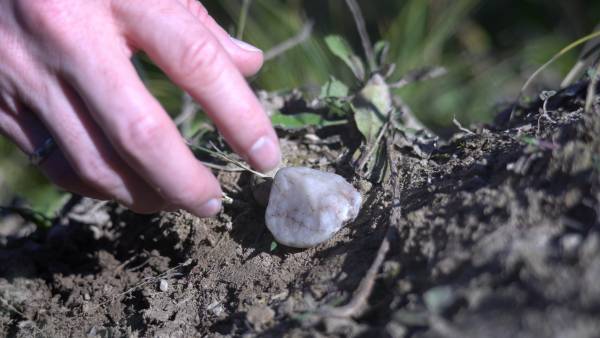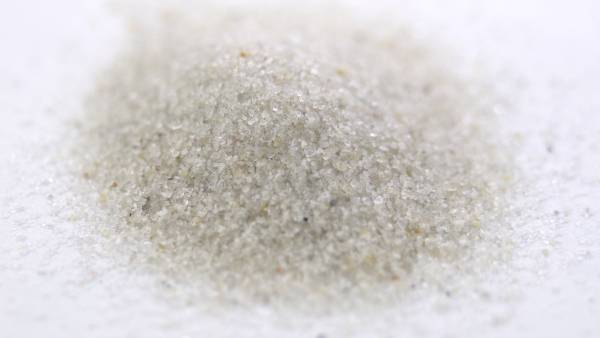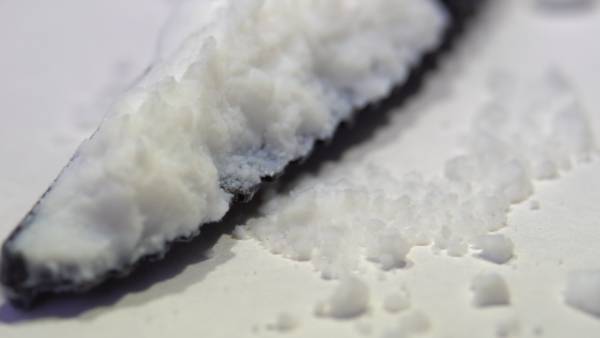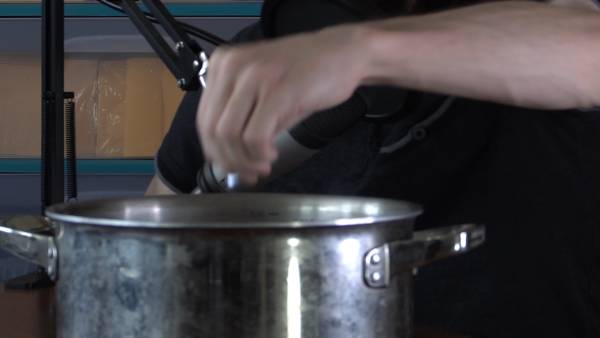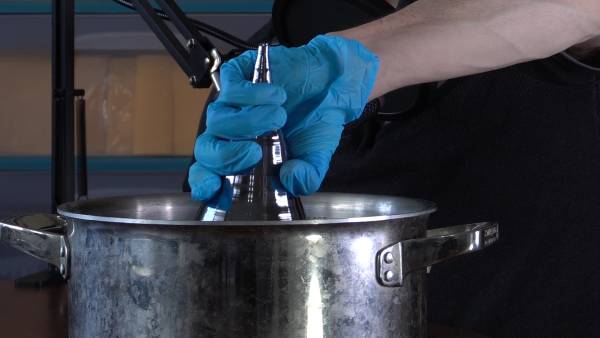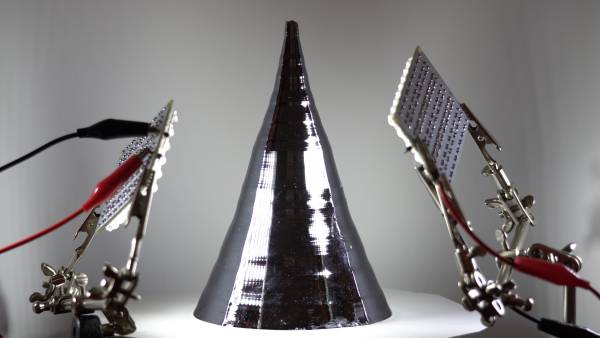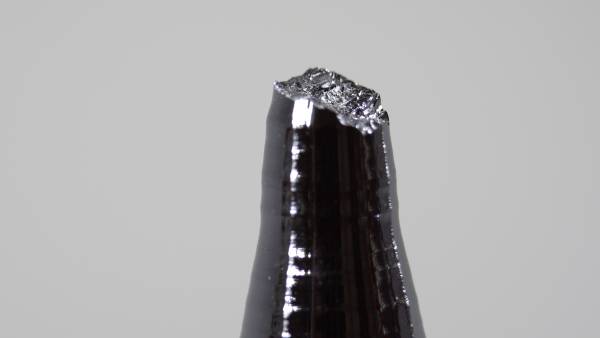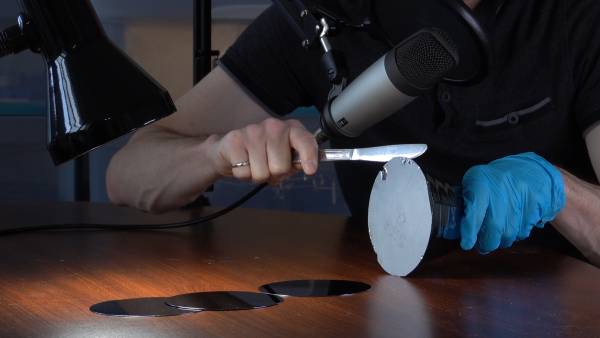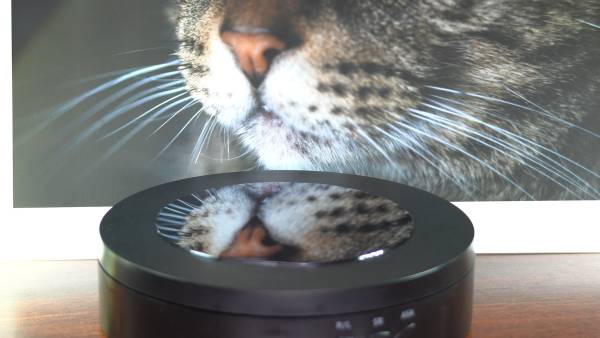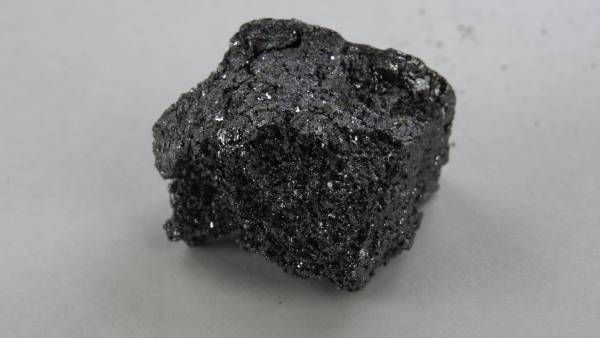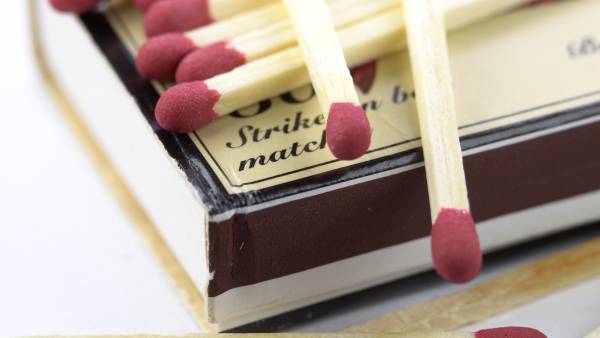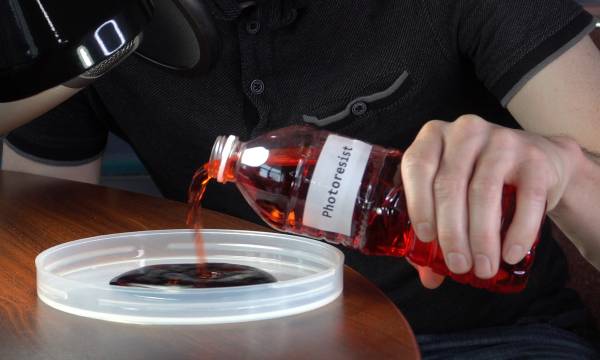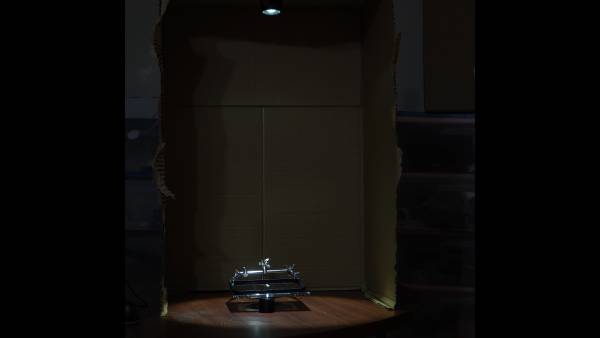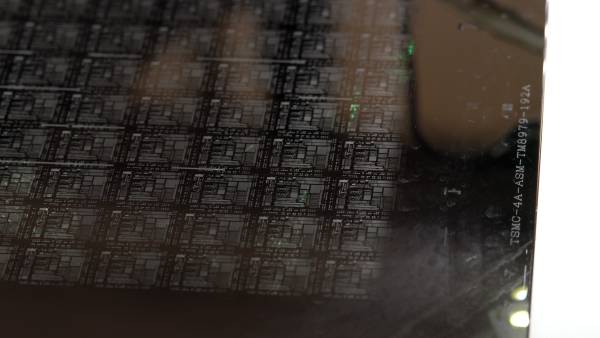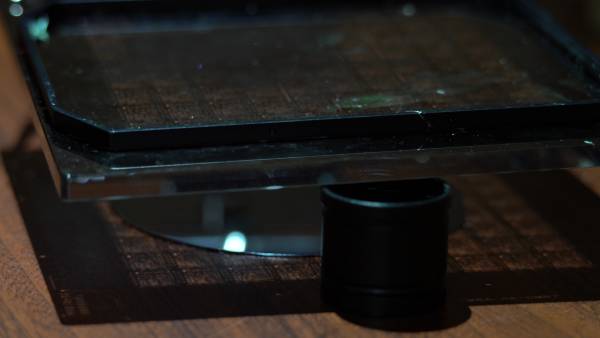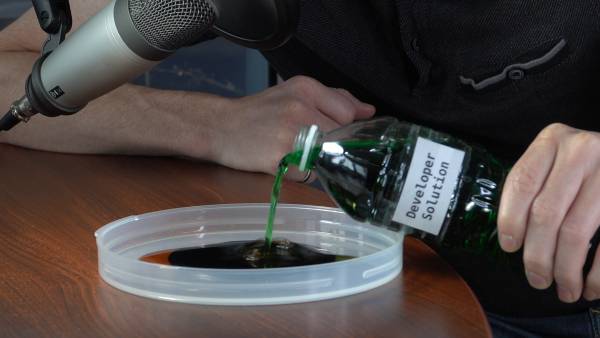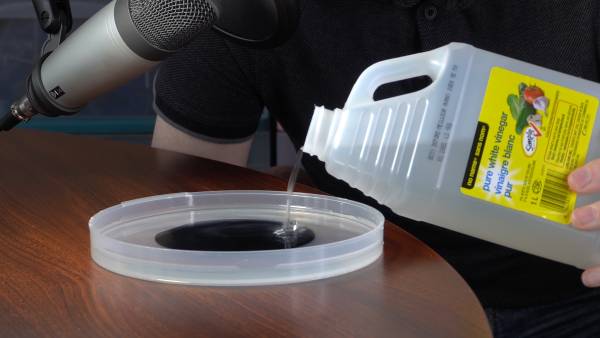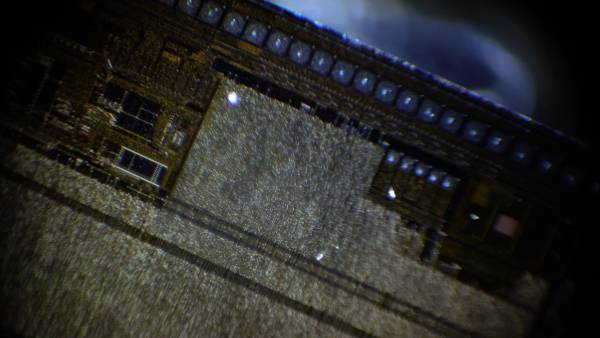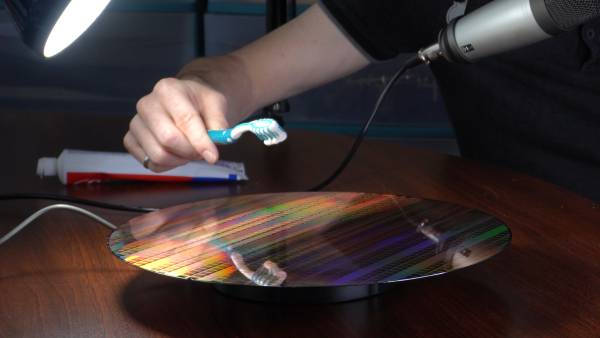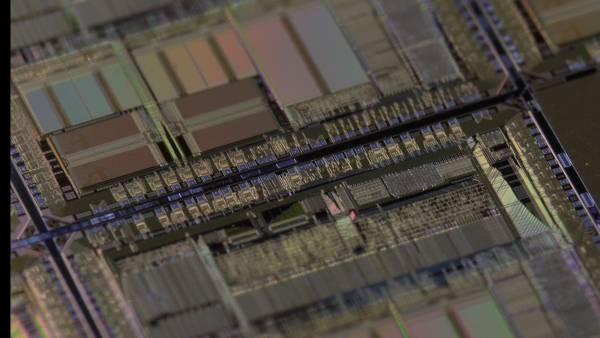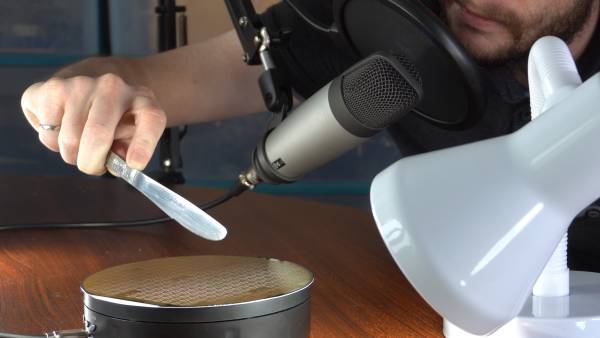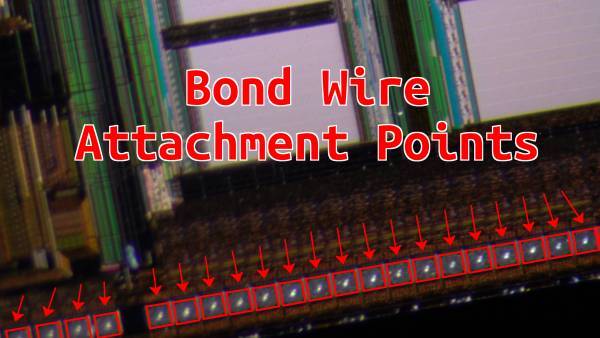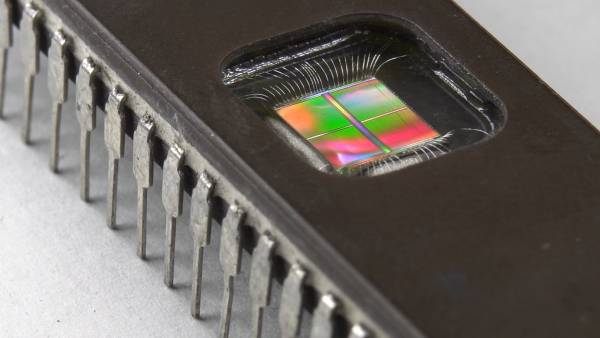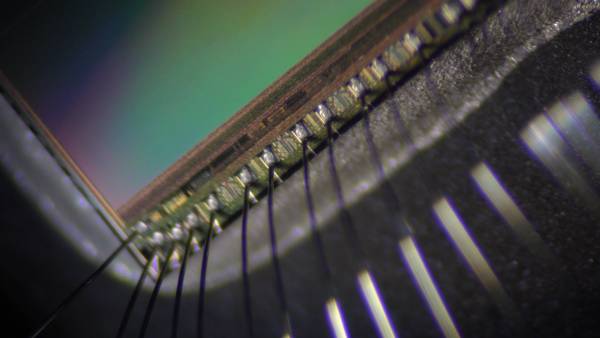How To Make A CPU - A Simple Picture Based Explanation
2021-11-09 - By Robert Elder
The purpose of this article is to explain how to make a CPU out of rocks and sand as fast as possible without using too many words. As the world of proprietary hardware and software crushes in around us, we risk losing the ability to make things for ourselves as individuals. It is for this reason that I felt compelled to learn how one could hypothetically make their own integrated circuits by themself. Skip to the end of this article for a few more words on this subject and a disclaimer.
1) Get a rock.
2) Smash the rock.
3) Now you have 98% concentrated silicon dioxide. Purify it to 99.9% pure silicon dioxide.
4) Purify it further to 99.9999999% polysilicon metal.
5) Put the polysilicon ingots into a crucible.
6) Heat the silicon ingots to 1698 °K.
WARNING: do not attempt melting silicon at 1698 °K in your kitchen home oven.
7) Take a small seed monocrystal and dip it into the vat of molten silicon.
WARNING: do not place your hands in molten silicon.
8) Slowly pull the crystal out as it cools.
Further reading: Boule, Czochralski Method.
9) Now, you've got a monocrystal of pure silicon. Cut it into thin slices.
10) Now, you've got pristine freshly-cut silicon wafers. Optionally, dope them with Boron, Phosphorus or another dopant.
I was not brave enough to buy elemental phosphorus, so you'll have to use your imagination with the matches.
11) Put photoresist on the wafer.
12) Take a chromium-etched photo-lithographic quartz mask with your desired circuit pattern and shine a laser beam through it to project the circuit pattern onto the wafer.
13) The locations of the shadows produced by the photo-mask will control where the photo-resist is chemically changed on the surface of the silicon wafer (depending on whether you used positive or negative photoresist).
14) Now, develop the photoresist.
15) Acid etch the exposed parts of the wafer.
16) Perform countless iterations and repetitions of homo-epitaxy, hetero-epitaxy, pseudo-epitaxy, diffusion doping, copper interconnect layers, chemical mechanical polishing, photoresist applications, acid etching, and photomask exposing to build up the desired features on the wafer.
17) Now you've got a finished silicon wafer. Cut it into pieces.
18) Now you've got un-packaged silicon dies. Locate the pads on the silicon chip, and attach bond wires, or use the flip-chip method as is done now for most modern processors.
19) Use the bond wires or solder balls to provide an electrical connection between the pins on the chip package, and the pads on the silicon die.
And that's how you make a CPU. Also, see CPUs Are Smaller Than You Think for a look inside a real Intel CPU.
A Few More Words
Obviously, the process of making a modern CPU is more complicated and less well-defined that depicted by this article. Every new generation of chips usually makes changes to the way features are built up on the wafer (not just in terms of feature size). Many common techniques are not even mentioned in this article, and many important steps have been left out. Important details (such as precise chemical compositions/concentrations) are extremely proprietary and you won't see anyone describing them on HackerNews or Reddit. Many steps in the process (such as sourcing and purification of the silicon) have more than one commonly used method. If you want to learn more about these topics, the right search phrases are "Advanced Optics For Photolithography" and "Chemical Deposition Nanofabrication" or "Lithographic Metrology".
Although this article isn't perfect, the hope is that an interested reader will benefit from using many of the topics discussed herein as search terms for further research on their own.
While cutting-edge nanometer scale features are not likely to be accessible for a hobbyist, micron-scale amateur chip fabrication does appear to be quite feasible. I have not tried this myself, but Sam Zeloof has, and you should definitely check out his YouTube channel. I think you could probably even build some basic chips with far less equipment than he has if you get the optics right. You could probably make it a hobby business selling cusom chips to other tech people!
A Word Of Caution: In case it wasn't already clear, I don't advise that anyone actually attempt making integrated circuits in their apartment in the manner shown in this video. The 'photoresist' and 'developer solution' in this video is just a colored prop. The real chemicals are usually hazardous and you should only work with them with proper safety gear in a well ventilated area or in a fume hood.
Example Uses Of Semiconductors - More Than Just CPUs
Published 2022-03-03 |
Buy Now -> |
 What Causes Bit Flips In Computer Memory?
Published 2023-02-08 |
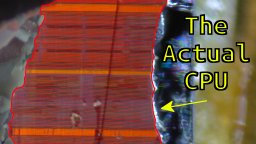 CPUs Are Smaller Than You Think
Published 2021-11-09 |
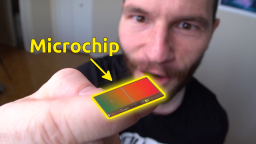 Die Photos Of Saifun SM90USLC2GbA Flash Memory
Published 2023-05-09 |
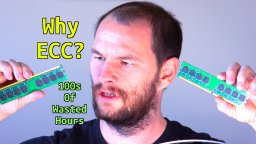 Imaging A Hard Drive With non-ECC Memory - What Could Go Wrong?
Published 2022-12-30 |
 Jeri Ellsworth & the Robot Uprising of 2038
Published 2018-10-11 |
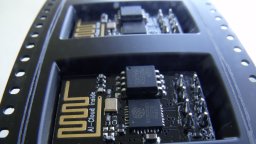 Can You Create A Wireless Bridge With ESP8266 Modules?
Published 2018-09-02 |
| Join My Mailing List Privacy Policy |
Why Bother Subscribing?
|
